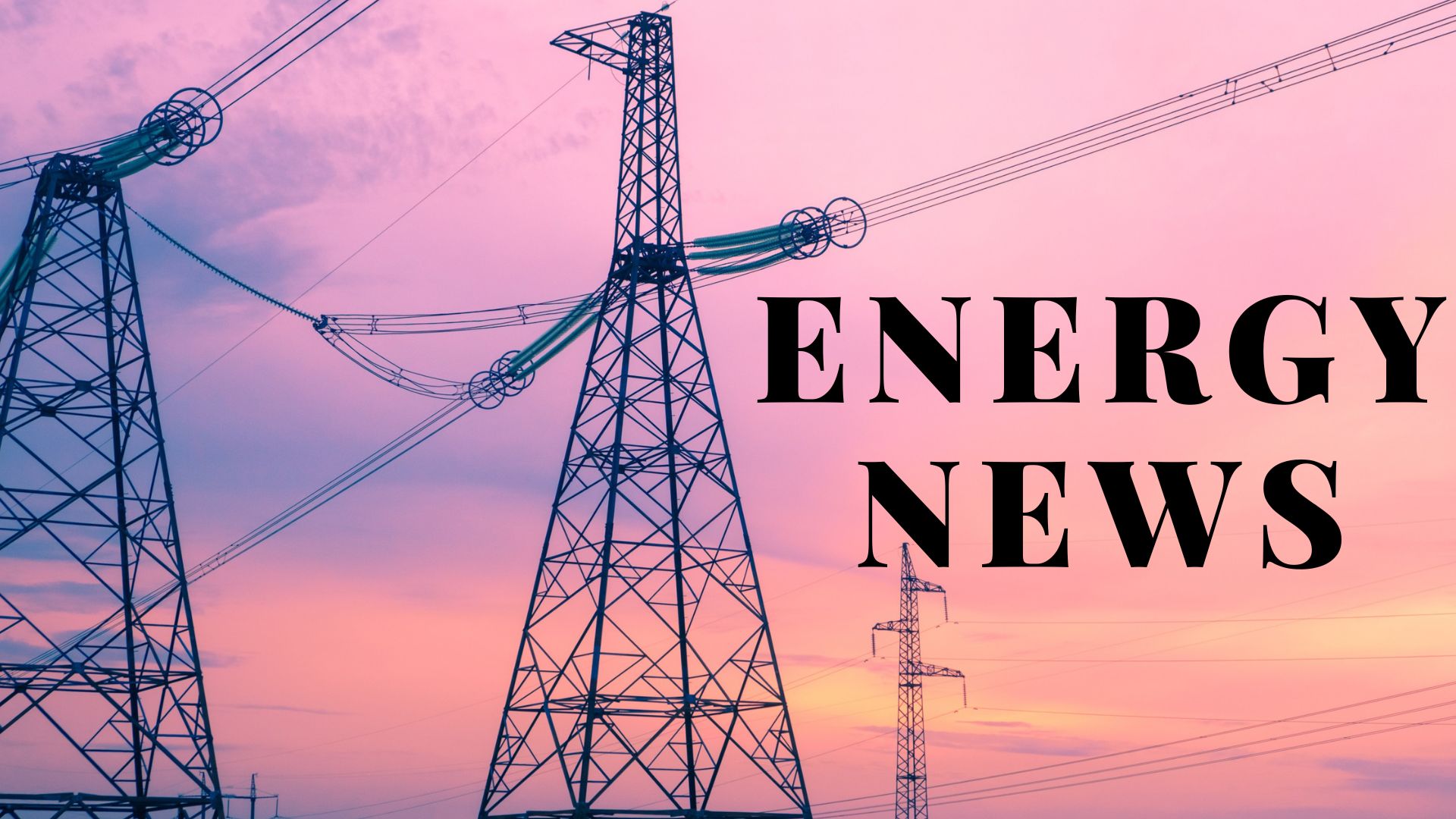PacifiCorp scales back renewables

Utility to rely more on coal, gas plants
CASPER — PacifiCorp, parent company to Wyoming’s largest utility, Rocky Mountain Power, has issued major updates to its Integrated Resource Plan, a blueprint that highlights key changes to the company’s business strategy and its ever evolving energy portfolio.
The update shines a light on the world of public utilities and the rapid movements of a broader energy landscape. In just 12 months, the company’s preferred energy mix has changed significantly, and the change offers a window into the wider trends — and uncertainties — of the growing market for electricity.
Coal rebounds
The most stark change is the company’s decision to scale back renewable procurements, and instead increase its position in coal and gas power plants by extending the lifespans of units at Jim Bridger, Naughton and Wyodak facilities in Wyoming along with two aging coal plants in Utah.
The switch-up is the result of an ease in federal regulations, expressly the Ozone Transport Rule that regulates interstate pollution.
Initially the company worried the rule would require early coal plant retirement and in 2023 prepared to ramp up solar and battery-storage alternatives. But the U.S. Environmental Protection Agency approved Wyoming’s ozone transfer plan at the end of last year, allowing fossil-energy plants to stay in operation longer than anticipated.
Relatedly, two coal plants in Utah will extend operations after a decision in federal court to stay a lawsuit over that state’s non-compliance with the rule.
Coal plants are finding a lifeline through state-led efforts, too, namely Wyoming’s HB 200, a law that requires utilities to seek carbon capture utilization and storage technology for fossil plants before retirement.
The Integrated Resource Plan update accounts for carbon capture systems on Jim Bridger units 3 and 4 in 2028, which will extend their lifespans by a number of years and keep them operational until 2040.
That law has raised red flags with consumer advocates because estimated costs for installing carbon capture systems could run between $500 million and $1 billion per unit, an expense that would ultimately pass through to ratepayers.
If proven viable, the technology will be offset by sizable federal tax credits of as much as $85 per megawatt hour.
Deploying carbon capture on two Jim Bridger units alone would translate to hundreds of millions of dollars of value to PacifiCorp member states, according to the plan update.
Still, some say the company is leaving a more important set of tax credits on the table, including major tranches of production and investment tax credits for zero-emission generation technologies like solar and wind.
“Solar and wind and batteries are gonna get cheaper. That’s the direction that the whole world is heading, so moving in the opposite direction and actually investing back into fossil fuels seems a little bit counterintuitive,” said Rob Joyce, chapter director for Sierra Club Wyoming.
The company concedes the update will result in higher carbon emissions — as much as 100 million metric tons by some estimates — but adds that its long-term trajectory is on a path toward cleaner generation.
For instance, it anticipates within a decade more than 40% of its system-wide electricity will come from wind turbines.
“We procure what we need. We don’t add 5,000 megawatts of wind just to get a tax credit if we only need half that. It wouldn’t be cost effective,” said Rick Link, senior vice president of resource planning at PacifiCorp. “We look at all the discrete operating characteristics [of mixed energy resources]...and our modeling tools evaluate all of the inputs and identify which is the most cost effective combination — what to build, how much to build, what kind of things to build and where to put them over the 20 year life of of your planning horizon so that what we put forth is the least-cost plan.”
Even as the updated Integrated Resource Plan bodes better for Wyoming’s traditional fossil sectors, the long-term outlook is foreboding for coal advocates.
On an overall energy basis, coal generation will drop to 22% by 2028, then fall to 12% by 2032, before ultimately declining to less than 1% by year 2040.
Demand growth
Along with carbon capture, PacifiCorp’s is betting on other yet-proven technologies, including a first-of-a-kind small scale nuclear reactor, which tech firm TerraPower intends to bring online in Kemmerer beginning 2030 to supply an additional 500 megawatts to the western grid.
Yet the design is still awaiting a license from the Nuclear Regulatory Commission, and disruptions in the nuclear fuel supply chain have already pushed its expected deployment back by two years.
TerraPower’s partnership with PacifiCorp alludes to another major factor in the utility space: Surging forecast for power needs, driven largely by new American manufacturing, millions of additional electric vehicles and the explosion of energy-intensive data centers.
The nationwide electricity demand growth forecast shot up from 2.6% to 4.7% for the next five years, as shown in analysis of utility filings done by research group Grid Strategies. PacifiCorp anticipates a compound annual load-growth rate of 2.13% in the coming decade.
Load-growth is also a response to anticipated spikes in peak energy demand resulting from extreme winter and summer temperatures of the sort that caused the company’s net-power costs to soar in 2022 and 2023. This puts a premium on storage, demand management technology and “peaker facilities,” like Wyoming’s natural gas plants.
“Uncertainty is inherently a part of every single IRP we’ve ever produced and will produce going forward. So we continue on with our never ending planning processes around these things,” said Rick Link of PacifiCorp.
This story was published on April 11, 2024.








